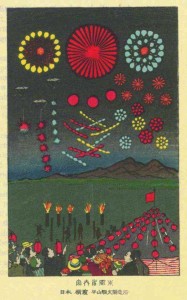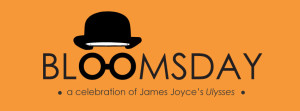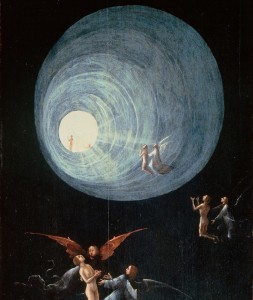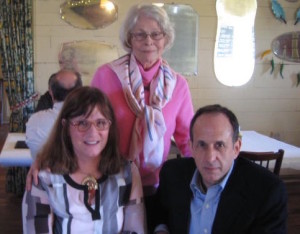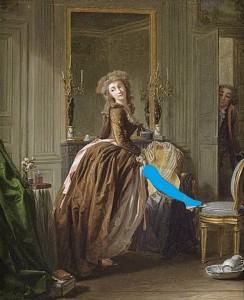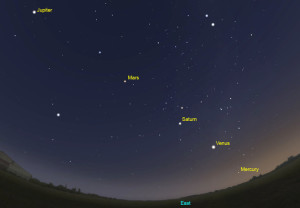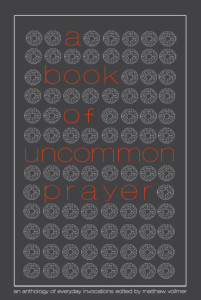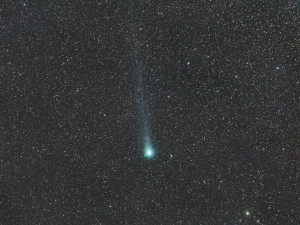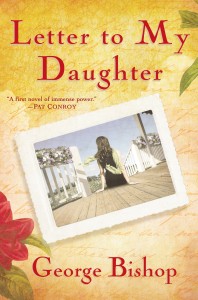Hanabi (Japanese fireworks), from “Pyrotechnics: The History and Art of Firework Making,” by Alan Brock (1922).
via Stephen Ellcock
George
Bloomsday 2016
I’ll be reading from James Joyce’s Ulysses next Thursday here in New Orleans to help celebrate Bloomsday 2016. Not the whole book, of course.
If you can’t join us, then wherever you are, go out and have some Guinness and toast the Irish writer with the funny glasses.
Facebook link to Bloomsday 2016 in New Orleans, with details, here.
See Five Planets Together. Five!
Hello, old blog. Here’s some interesting astronomy news. Beginning tomorrow, January 20, and continuing until February:
“For the first time in more than 10 years, it will be possible to see all five bright planets together in the sky. Around an hour or so before sunrise, Mercury, Venus, Mars, Jupiter and Saturn, the five planets that have been observed since ancient times, will appear in a line that stretches from high in the north to low in the east.”
Here’s the full article from phys.org
All Five Bright Planets Come Together in the Morning Sky
January 15, 2016 by Tanya Hill, Museum Victoria, The Conversation
For the first time in more than 10 years, it will be possible to see all five bright planets together in the sky. Around an hour or so before sunrise, Mercury, Venus, Mars, Jupiter and Saturn, the five planets that have been observed since ancient times, will appear in a line that stretches from high in the north to low in the east.
The planets are visible from right across Australia in the dawn sky. You can start to look for the lineup from Wednesday, January 20 and it can be seen right through until the end of February.
Venus, Mars, Jupiter and Saturn have been in the morning sky since the beginning of the year. Jupiter is bright in the north, next comes reddish Mars, followed by pale Saturn and lastly brilliant Venus, which shines above the eastern horizon. It is the appearance of Mercury that makes the family complete.
Mercury has just transitioned from an evening object to a morning object. At first it will appear quite low to the eastern horizon and of all the planets it is also the faintest, so it will be hard to see to begin with. However, Mercury will continue to rise higher each morning and by early February it will sit just below bright Venus.
Dates with the moon
If you need something a little more to get you leaping out of bed before sunrise, then here are the dates to mark in your calendar. From the end of January, the moon will travel by each planet and can be used as an easy guide for your planet-spotting.
On January 28, the moon will be right next to Jupiter. Come February 1, the moon (in its Last Quarter phase) will be alongside Mars, then on the following morning it’ll sit just below the red planet. On the morning of February 4, the crescent moon will be near Saturn. Then on February 6, the moon will be alongside Venus and on February 7, a thin sliver of moon will sit below Mercury.
In line with the sun
The line formed by the planets in the sky closely follows the ecliptic, the apparent path of the sun against the background stars. This path marks the plane of our solar system, visual proof that the planets, including Earth, all orbit the sun on roughly the same plane.
The ecliptic is bordered by the constellations of the zodiac and one of the most recognisable zodiac constellations is Scorpius. If you’re awake before the first rays of the sun begin to drown out the stars, then look for the curved outline of the scorpion between Mars and Saturn. In fact, sitting just above Saturn is the red supergiant star Antares, which marks the heart of the scorpion and its reddish colour makes it the perfect rival for Mars.
Rare oddity
It’s been a long time since the orbits of all five planets have brought them together to the same patch of sky. To make the best of the viewing opportunity try and get to a clear open space where you can see from the north all the way across to the eastern horizon.
As early February comes around, I also highly recommend checking out the flight path of the International Space Station via websites such as Heavens Above or NASA’s Spot the Station.
The Station will be flying morning passes over Australia during that time and current predictions for each capital city have it travelling right through or near the line of planets, for example: Darwin (February 3), Brisbane (February 5), Perth (February 6), Sydney (February 7), Canberra (February 7), Adelaide (February 8), Melbourne (February 9) and Hobart (February 11). The predictions can change slightly, so best to check the websites closer to the date and be sure to enter your precise location to obtain the most accurate timing for the pass.
Finally, there’s still more to come. This August the five planets will be together again, visible in the evening sky, so stay tuned for more planet watching in 2016.
A BOOK OF UNCOMMON PRAYER at New Orleans Book Festival
I’m looking forward to talking about A BOOK OF UNCOMMON PRAYER at the New Orleans Book Festival this Saturday, November 7. I’ll be on at 1:00-1:30 in Tent 2 at the Big Lake. Come find me!
A BOOK OF UNCOMMON PRAYER is an anthology of everyday invocations by 64 authors, from Outpost19 Press of San Francisco. Contributors include Wendy Brenner, Nic Brown, Jaime Clarke, Clyde Edgerton, Bob Hicok, Catherine Lacey, J. Robert Lennon, Rick Moody, Dawn Raffel, and Matthew Vollmer (who also edited). My two pieces are “For Aging Rock Stars” and “For a Teenage Girl Embarking Upon a Weeklong Carnival Cruise with her Parents.”
Susan Larson, of WWNO’s The Reading Life, says, “This book is AMAZING—moving and witty and sweet and sometimes even shocking—a little bit of everything we pray for in our private moments.”
Happy Hour on Comet Lovejoy
NASA writes about a new report from French scientists on observations made of Comet Lovejoy as it passed around the sun early this year:
“‘We found that comet Lovejoy was releasing as much alcohol as in at least 500 bottles of wine every second during its peak activity,’ said Nicolas Biver of the Paris Observatory, France, lead author of a paper on the discovery published Oct. 23 in Science Advances.”
Here’s the first part of the NASA news release. Cheers!
Researchers Catch Comet Lovejoy Giving Away Alcohol
Comet Lovejoy lived up to its name by releasing large amounts of alcohol as well as a type of sugar into space, according to new observations by an international team. The discovery marks the first time ethyl alcohol, the same type in alcoholic beverages, has been observed in a comet. The finding adds to the evidence that comets could have been a source of the complex organic molecules necessary for the emergence of life.
“We found that comet Lovejoy was releasing as much alcohol as in at least 500 bottles of wine every second during its peak activity,” said Nicolas Biver of the Paris Observatory, France, lead author of a paper on the discovery published Oct. 23 in Science Advances. The team found 21 different organic molecules in gas from the comet, including ethyl alcohol and glycolaldehyde, a simple sugar.
Comets are frozen remnants from the formation of our solar system. Scientists are interested in them because they are relatively pristine and therefore hold clues to how the solar system was made. Most orbit in frigid zones far from the sun. However, occasionally, a gravitational disturbance sends a comet closer to the sun, where it heats up and releases gases, allowing scientists to determine its composition.
Comet Lovejoy (formally cataloged as C/2014 Q2) was one of the brightest and most active comets since comet Hale-Bopp in 1997. Lovejoy passed closest to the sun on January 30, 2015, when it was releasing water at the rate of 20 tons per second. The team observed the atmosphere of the comet around this time when it was brightest and most active.
LETTER TO MY DAUGHTER E-Book Promo!
The two-week promotion for the e-book edition of LETTER TO MY DAUGHTER is available not just on Amazon. You can also get the e-book from Apple or Barnes & Noble. Still $1.99, or half the price of a pint of beer.
Here are links:
Apple iBook
Barnes & Noble
Amazon.com
Cheers!
LETTER TO MY DAUGHTER E-Book Promo!
Random House has launched a special promotion for the e-book edition of LETTER TO MY DAUGHTER. For two weeks you can get it for $1.99, half the price of a cafe latte. A bargain, I’d say.
Here’s a link: Amazon.com
